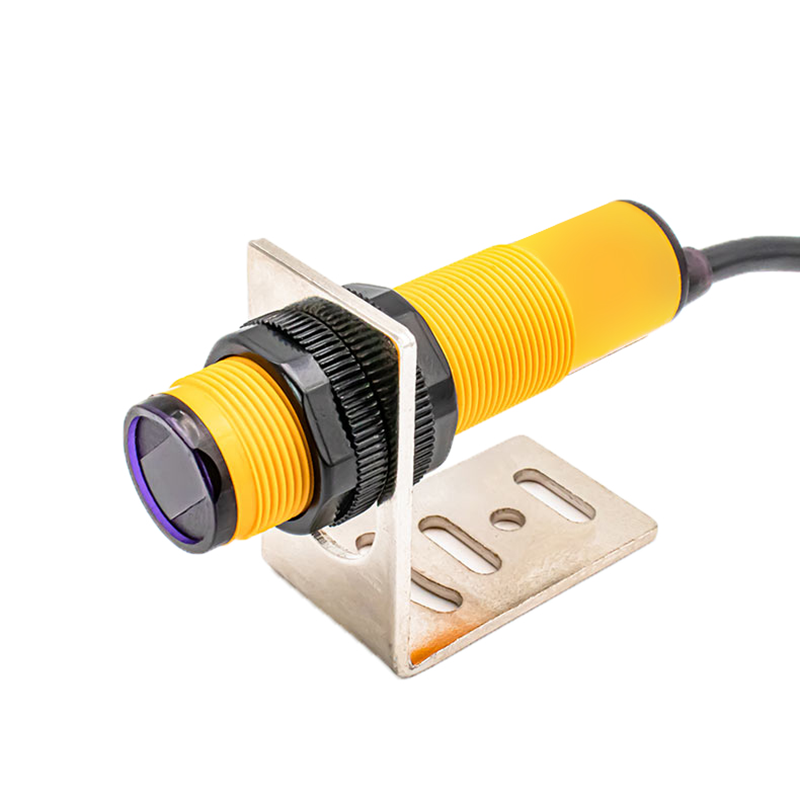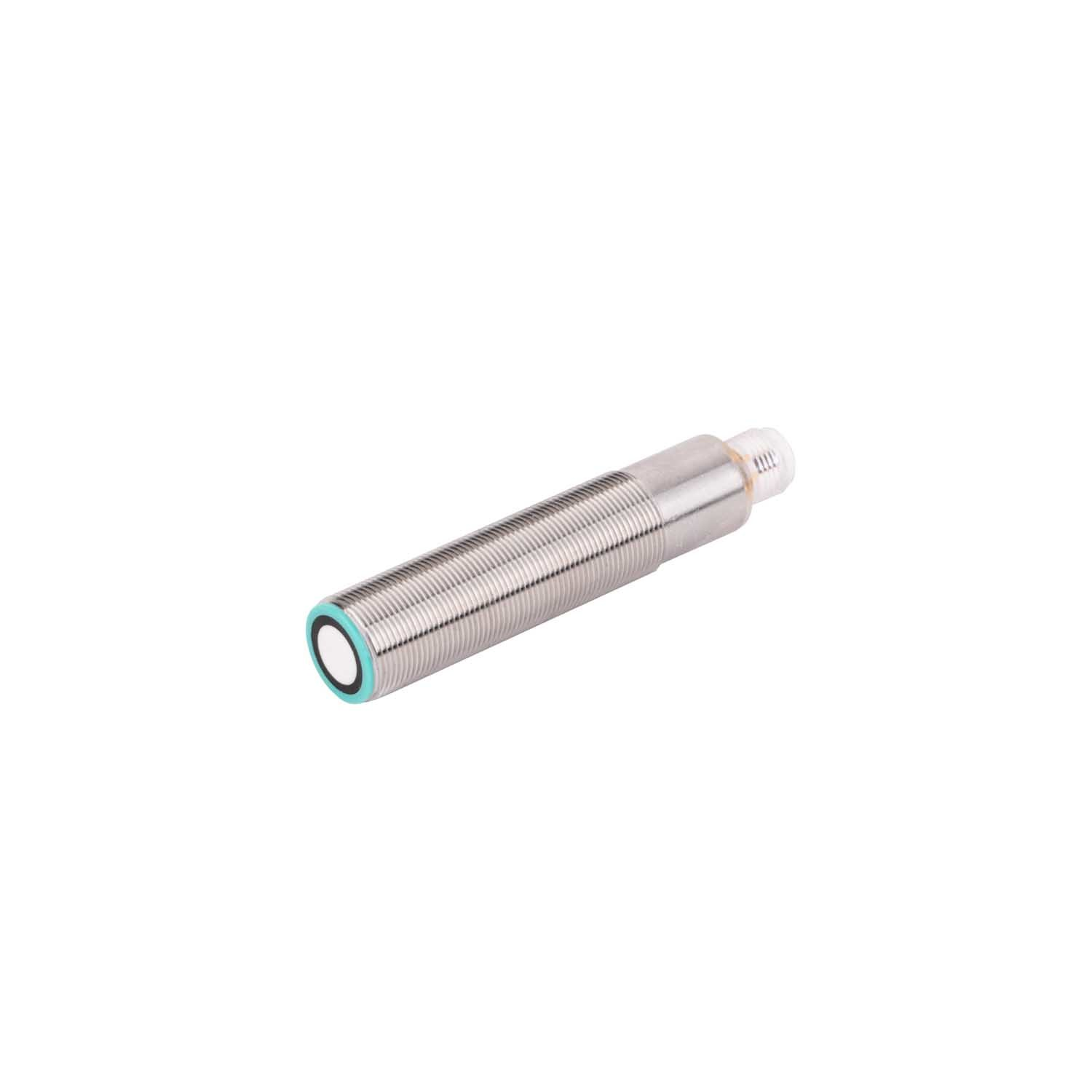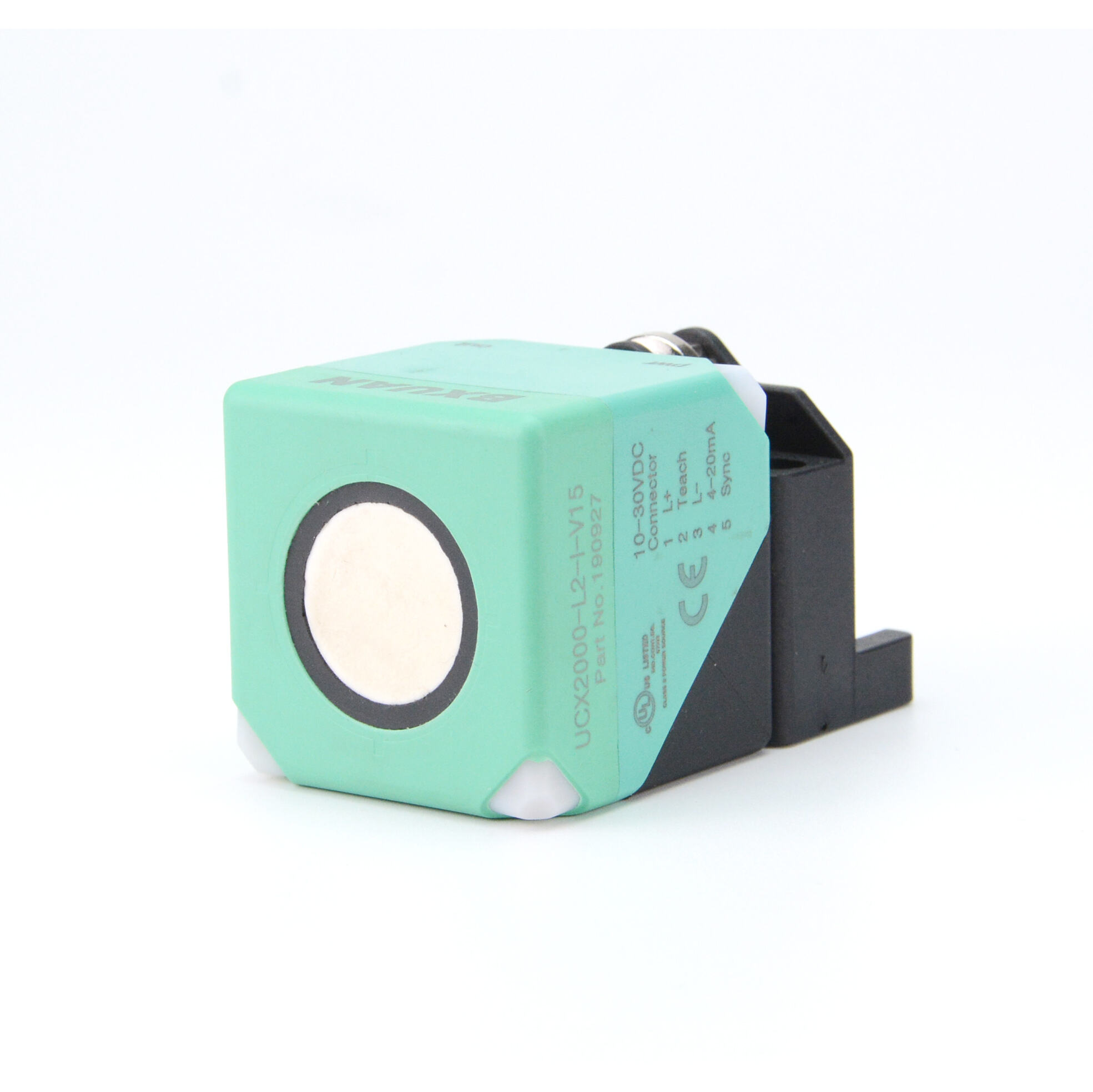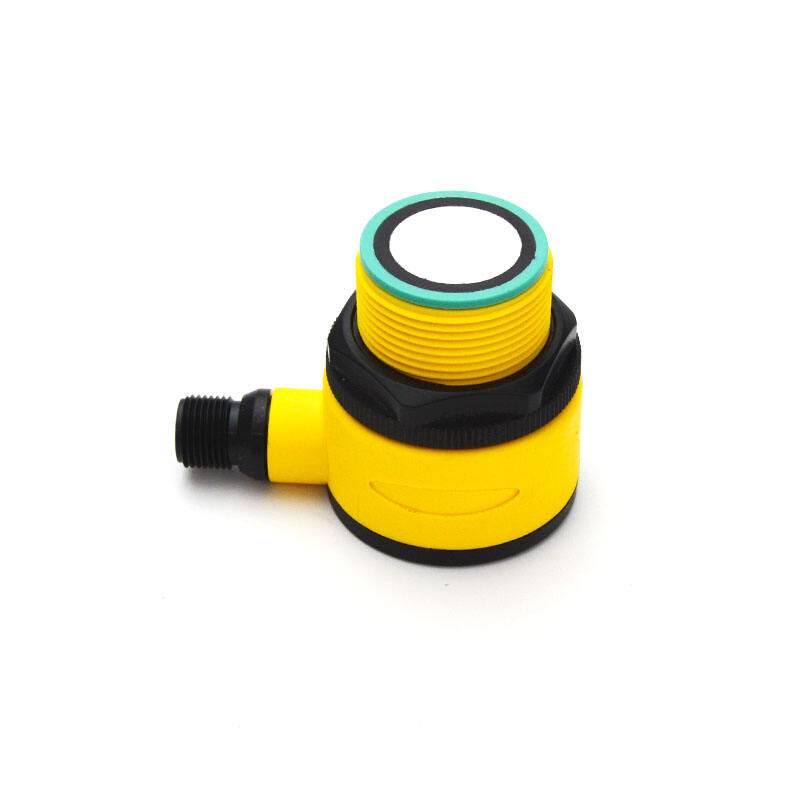proximity sensor
A proximity sensor is a sophisticated electronic device designed to detect the presence or absence of nearby objects without requiring physical contact. Operating through electromagnetic fields, infrared radiation, or optical technology, these sensors emit either an electromagnetic or electrostatic field and analyze changes in the return signal when objects enter their detection zone. The technology utilizes various sensing elements, including inductive, capacitive, photoelectric, and ultrasonic mechanisms, each suited for specific applications and environmental conditions. Modern proximity sensors feature adjustable sensing ranges, typically from a few millimeters to several centimeters, and can operate reliably in diverse industrial environments. These sensors excel in automation systems, offering precise object detection capabilities with minimal latency and high repeatability. They provide crucial functionality in manufacturing processes, security systems, and consumer electronics, enabling automated responses to object presence or movement. The sensors robust design ensures consistent performance across temperature variations and harsh industrial conditions, while their solid-state construction eliminates mechanical wear and extends operational lifespan. Integration capabilities with modern control systems allow for real-time monitoring and data collection, enhancing process efficiency and safety measures in industrial applications.










